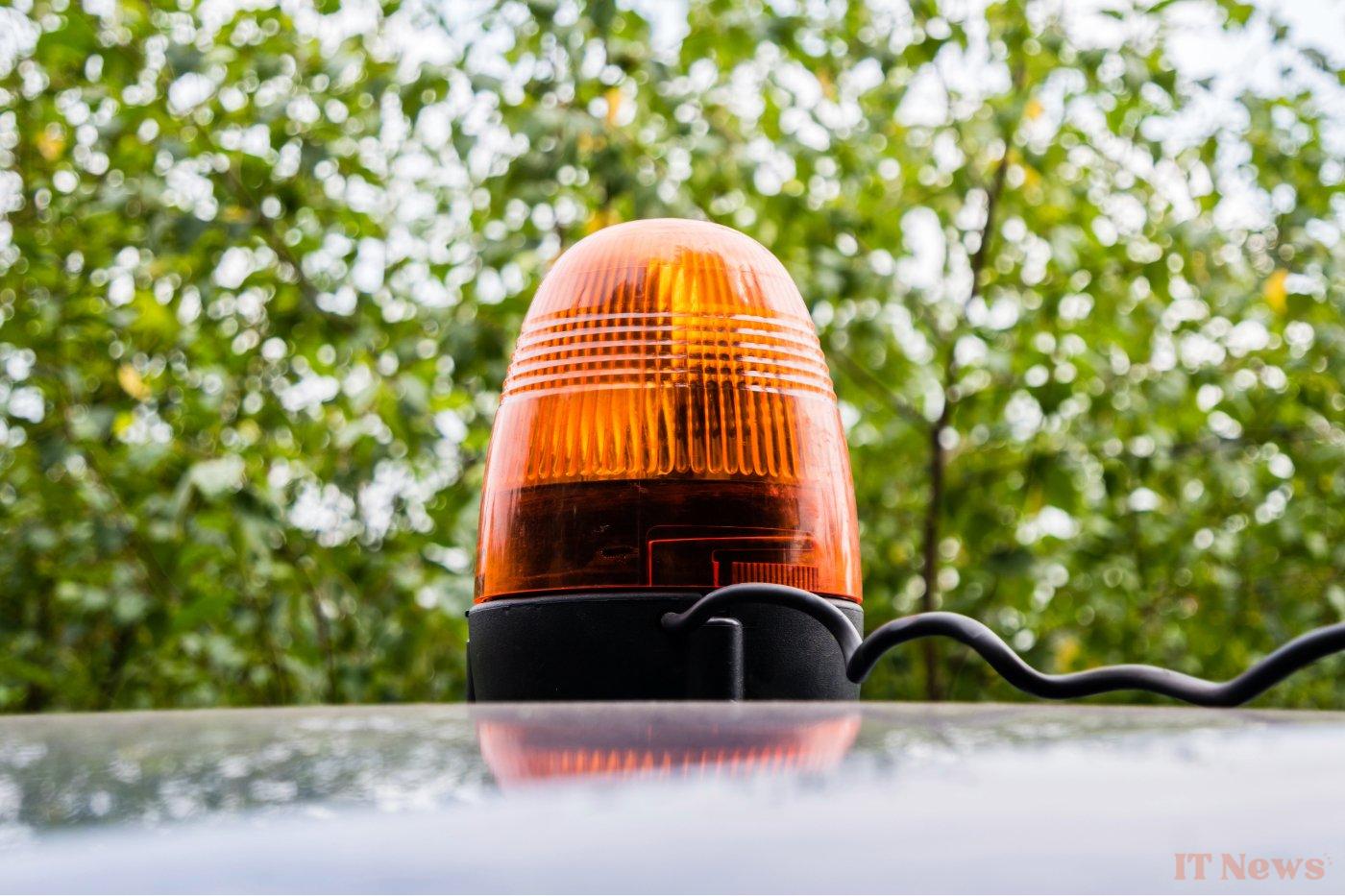The traditional warning triangle, deemed too dangerous, will be replaced by an innovative device: the V-16 rotating beacon!
A rotating beacon in your car?
This small light box, which emits an orange or yellow light visible up to a kilometer away, even in difficult conditions such as fog or darkness, will become mandatory for all vehicles circulating in Spain from 2026. The Spanish Directorate General of Traffic (DGT) made this decision as part of its 2030 road safety strategy, aimed at reducing the number of deaths and serious injuries on the roads by 50%.
The V-16 is not just a simple rotating beacon. Equipped with a geolocation system, it can automatically transmit the vehicle's position to the Spanish road authorities, allowing for faster emergency response if necessary. This feature represents a significant advancement in terms of safety, potentially reducing the response time of emergency services.
One of the main benefits of this new device is that it eliminates the need for drivers to exit their vehicles to place a warning triangle, a practice that has unfortunately cost many lives over the years. In fact, the DGT reports that an average of 22 people died each year between 2018 and 2022 after being knocked down while leaving their vehicles!
The cost of this new equipment, estimated at between 40 and 50 euros, seems reasonable given the potential safety benefits. However, drivers will need to be careful when choosing their model, as only those approved and compatible with the DGT 3.0 platform will comply with the regulations.
This measure will apply to all vehicles circulating in Spain, including those of foreign tourists. Violators will be liable to a fine ranging from 80 to 200 euros, a significant penalty that should encourage compliance with this new rule.
Soon in France?
The Spanish initiative raises questions about its potential adoption by other European countries, particularly France. Currently, France maintains the requirement for the warning triangle, although its use is not recommended in certain situations deemed too dangerous.
Adapting this system in France could have many advantages. It would harmonize road safety practices at the European level, thus making life easier for motorists crossing borders. In addition, improving visibility and reducing the risks associated with the installation of triangles could help reduce the number of secondary accidents on French roads.
However, such a transition would require careful consideration of several aspects. In particular, it would be necessary to adapt the legal framework, establish a communication infrastructure compatible with French emergency services, and raise public awareness about the use of this new device.
Pending a possible change in French regulations, motorists traveling to Spain should anticipate this change. It is advisable to obtain an approved V-16 rotating beacon before any trip to the country from 2026, in order to avoid the inconvenience of a fine and, above all, to benefit from this advance in road safety.



0 Comments